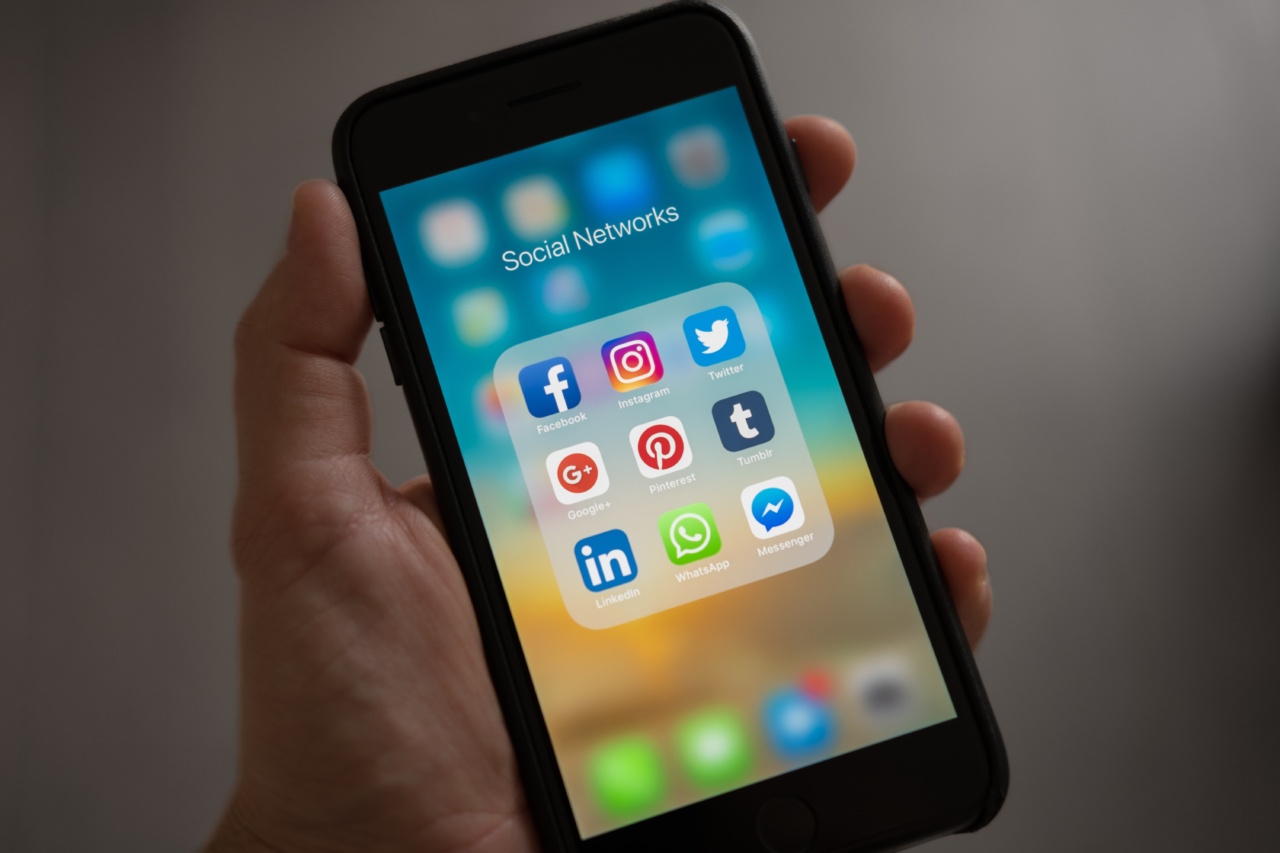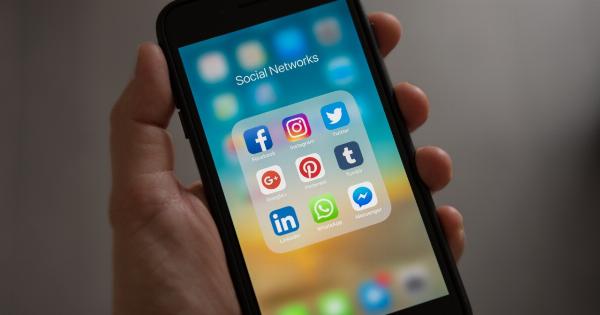Twitter has become a platform where people can express their thoughts and feelings in 280 characters or less. With the increase in the number of users, it has become clear that the platform can also expose individuals who are self-absorbed.
The Rise of Self-Absorption
In recent years, self-absorption has become more prevalent, particularly in younger generations.
Defined as “excessive love of oneself,” self-absorption is often seen in the form of constant selfies, posting statuses about one’s activities, and oversharing personal information.
With the rise of social media, particularly Twitter, self-absorption has found a new platform to flourish. Twitter has become a stage where users can creative a persona and broadcast their thoughts and activities for the world to see.
It has also become a place where individuals can seek validation and attention.
The Validation-Seekers
One of the biggest indicators of self-absorption on Twitter is the need for validation. Users who constantly seek likes, retweets, and comments on their posts are often displaying their self-absorbed tendencies.
These individuals may post pictures or statuses with the intention of receiving praise and attention.
While receiving likes and retweets can positively impact one’s self-esteem, it can also lead to a cycle of addiction.
Validation-seeking individuals may become fixated on their popularity on the platform and become emotionally invested in their follower count and engagement rate.
The Oversharers
Another indication of self-absorption on Twitter is the act of oversharing personal information. Sharing personal information with followers can display the need for attention and sympathy.
Oversharing individuals may use Twitter as a way to seek validation from strangers by sharing personal details about their lives.
Oversharing can also have negative consequences, such as revealing private information that can compromise one’s privacy. It can also alienate followers who may become uncomfortable with the level of personal information shared on the platform.
The Duty to Share
In some cases, Twitter users feel a duty to share their personal lives with their followers. Social issues such as mental health awareness or activism can lead individuals to share personal experiences in hopes of educating or helping others.
However, the line between sharing for the greater good and oversharing for attention can become blurred. Some individuals may use social issues as a way to gain sympathy or validation, thus demonstrating self-absorption tendencies.
The Narcissists
Twitter has become a breeding ground for narcissistic behavior. Narcissistic individuals often have an inflated sense of self-importance and a need for admiration from others.
They may often post status updates and tweets that glorify themselves and belittle others.
Narcissists may use Twitter to showcase their accomplishments, highlight their attractiveness, or boast about their wealth. They may also engage in online arguments or bullying behavior to showcase their dominance over others.
The Impact of Social Media
While narcissistic and self-absorbed tendencies have always existed, social media has given them a new platform to flourish. The need for attention and validation has become easier to fulfill with the rise of platforms like Twitter.
The constant need to share and broadcast one’s life to a wider audience has become easier with the increase in smartphone usage.
The impact of social media on mental health and self-esteem has become a topic of concern. Studies have shown that social media use can lead to depression, anxiety, and decreased self-esteem.
These negative consequences can be exacerbated in individuals with self-absorbed tendencies, who may become addicted to the validation and attention received from social media.
The Importance of Self-Reflection
While social media has provided a platform for self-expression, it has also given rise to self-absorption and narcissistic tendencies.
It is important for individuals to engage in self-reflection to ensure that their actions on the platform are not motivated by a need for attention and validation.
Self-reflection can include analyzing the motivations behind one’s posts, understanding why certain behaviors may be harmful, and developing empathy towards others.
It can also involve setting boundaries on social media use and seeking help if social media addiction becomes a concern.
Conclusion
Twitter has become a platform where individuals can express their thoughts and emotions to the world. While this can be a positive thing, it has also given rise to self-absorbed tendencies.
Validation-seeking individuals, oversharing individuals, and narcissistic individuals have found a new platform to showcase their behavior. It is important for individuals to engage in self-reflection and understand the negative impact that self-absorption can have on mental health and well-being.






























